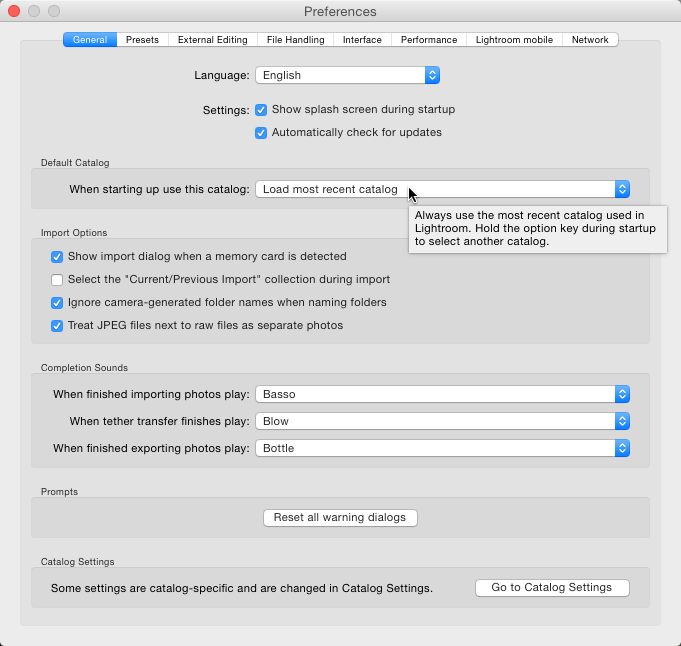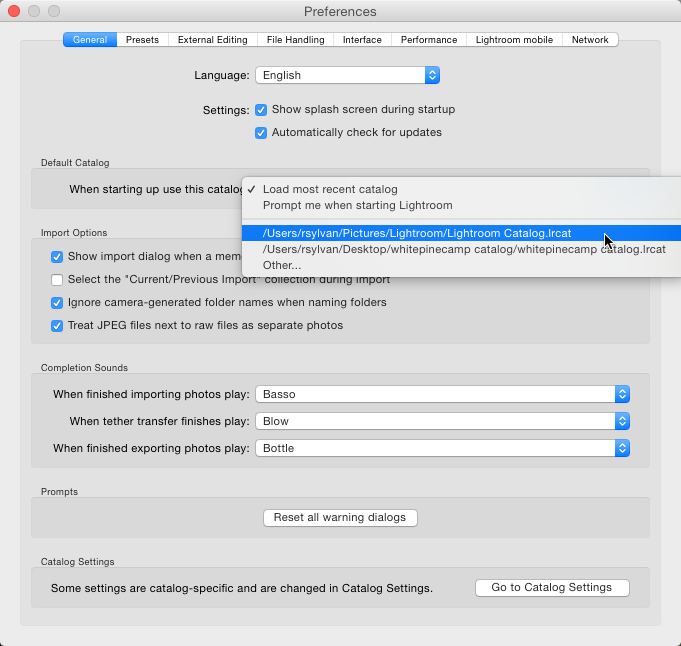10 More Things I Would Tell a New Lightroom User: #1
Ladies and Gentlemen, please welcome to the blog (with an awesome series of tips), our good friend Mr. Rob Sylvan!
Greetings! A huge thanks to Scott for reviving this series for new Lightroom users, and to both Scott and RC for giving me the opportunity to add 10 more tips. You can catch up with Scott’s earlier tips if you missed them.
The original idea for this series derived from my experience as the Lightroom Help Desk for KelbyOne, which I’ve been doing since Lightroom 1.0 was released. The Lightroom and Photoshop Help Desk for is a feature of a KelbyOne membership, and I’ve been happily helping members get the most out of Lightroom for a long time now. Despite how far Lightroom has come there are still some common pain points I see people struggle with week after week, so it was my hope to share these tips to help future new users avoid these same problems. While directed at new users, I’ve certainly met my share of experienced users who stumbled on these things the hard way, so here’s hoping you find something that helps you no matter what level you’re at!
#1: Set the Default Catalog
If you read no other Lightroom tip, then I hope it is this one. I can’t tell you how many stories of wasted time and pulled hair have resulted from the default setting for this Lightroom preference. So please follow along and it may save you from going down that painful road too.
Head over to (Mac) Lightroom > Preferences > General / (Win) Edit > Preferences > General to see what setting I am talking about.
By default this has been set to Load most recent catalog since the beginning of time. My understanding is that it is based on the rationale that users only have one catalog, and so it is always the last one being used, so just open it each time Lightroom is launched. Sounds harmless enough. The problem for new users is that this setting works fine in the beginning, but there seems to come a point when they open some other catalog, most commonly an old backup copy that looks identical to their current catalog, and then with curiosity satisfied they quit Lightroom. Guess what happens the next time they launch Lightroom? Yep, that old backup copy (or whatever catalog it was) gets opened instead, and too often the user is none the wiser. Heck, one Lightroom catalog can look exactly like any other catalog if you are not paying close attention.
Now the unsuspecting user is happily working in this other catalog until some future date when they can’t find something they knew was there before, and then whammo, chaos and confusion hits as they try to sort out what went wrong. The worst case scenario is when a user had opened and closed an old backup copy of the catalog, which they unwittingly continue using until they get around to deleting their old backup copies of the catalog and whoosh … there goes all of their recent work. Man, that’s always one of the most painful scenarios to have to explain to someone who just lost hours, days, or more of work.
Take heart though, it is so easy to avoid. Here’s how: change the default catalog setting to anything other than Load most recent. That’s all there is too it. For most people the right choice is to simply select their actual working catalog as the default. When you click that drop-down menu you’ll see your current catalog listed, so just select it.
The other option, Prompt me when starting Lightroom, is most useful for anyone with more than one catalog, but if you saw Scott’s earlier post it makes the most sense for new users to stick to one catalog. That said, what I like about the prompt setting is that it makes you choose your catalog each time, which helps put you in the driver’s seat for this important decision each time. Here’s hoping you just dodged that bullet.
I do give Adobe credit for making a change in Lightroom CC/6’s catalog backup function, which now compresses each backup copy into a zip file. This results in a substantial savings in disk space and it makes it a little harder for an unsuspecting user to open an old backup catalog unless they really want to do it. More on that in the next tip! As this series rolls out you can find all of my 10 More Things posts.




